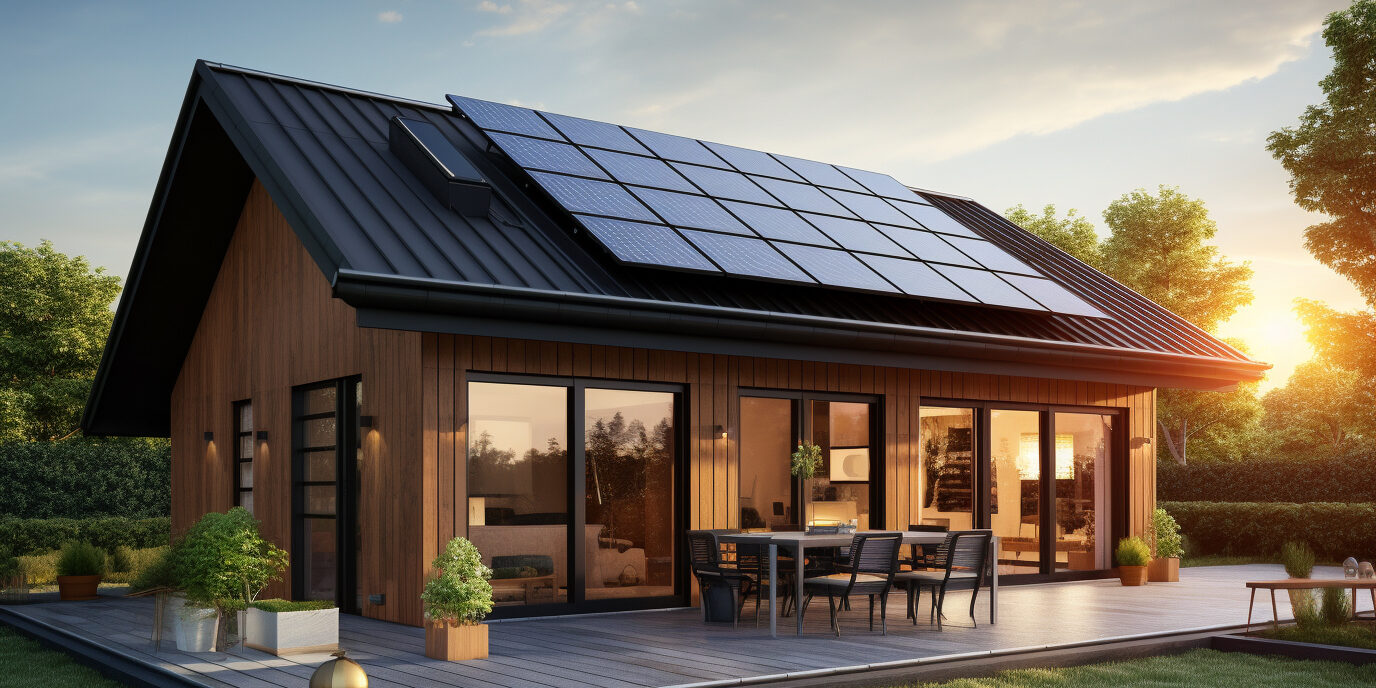Germs and toxins have a way of appearing in the most inconvenient places, including carpets. Many homes have carpeting throughout bedrooms, living rooms and family rooms. Offices install carpeting to offer attractive settings to clients. Unfortunately, many carpets pose a significant health risk.
Carpeting, particularly old carpeting, plays host to countless toxins, introduced during the manufacturing and installation process. Carpets may emit volatile organic compounds (VOCs) which contribute to poor indoor air quality. Old carpeting harbors years’ worth of dirt, dust mites and contaminants tracked in by shoes and pets. Symptoms associated with VOC exposure include fatigue, headaches, shortness of breath and reactions similar to allergies.
Carpeting with high-emissions plus poor carpet maintenance result in contamination we inhale. Areas with low ventilation and regular fresh air, such as offices, can have higher concentrations of toxins. Infants and children tend to receive more exposure since they spend more time playing on carpeting.
Eco-Friendly Alternatives
Knowing the carpet in the living room or bedroom contains hordes of potentially-harmful contaminants is unsettling. The positive news is that there are ways to protect indoor air by replacing old carpeting with more eco-friendly options. When considering new carpeting for the home or office, material, installation and cleaning measures should be considered.
- Opt for natural fibers. Low-toxicity carpets constructed of natural fibers like jute can be purchased from places such as Contempo Floor Coverings.
- Use recycled padding: If padding is necessary check out the recycled varieties at GreenFloors.com.
- Minimize adhesives: If possible, tack carpeting down and avoid glues. If adhesives are necessary, look at the low-emitting options available at American Formulating and Manufacturing (AFM Safecoat).
- Opt for tiles: If pets and children dirty the carpets regularly, consider carpet tiles as a lower maintenance replacement.
- Go carpetless: wood or tile floors are durable and easier to clean.
As more and more companies invest in safer, more natural materials, the more affordable and greener the carpets become. Ultimately, eco-friendly carpets mean eco-friendly air, and since so much time is spent at home or at the office, it would be nice to breathe easier while there.
— Tim Smith writes for the home renovation website Modernize.


